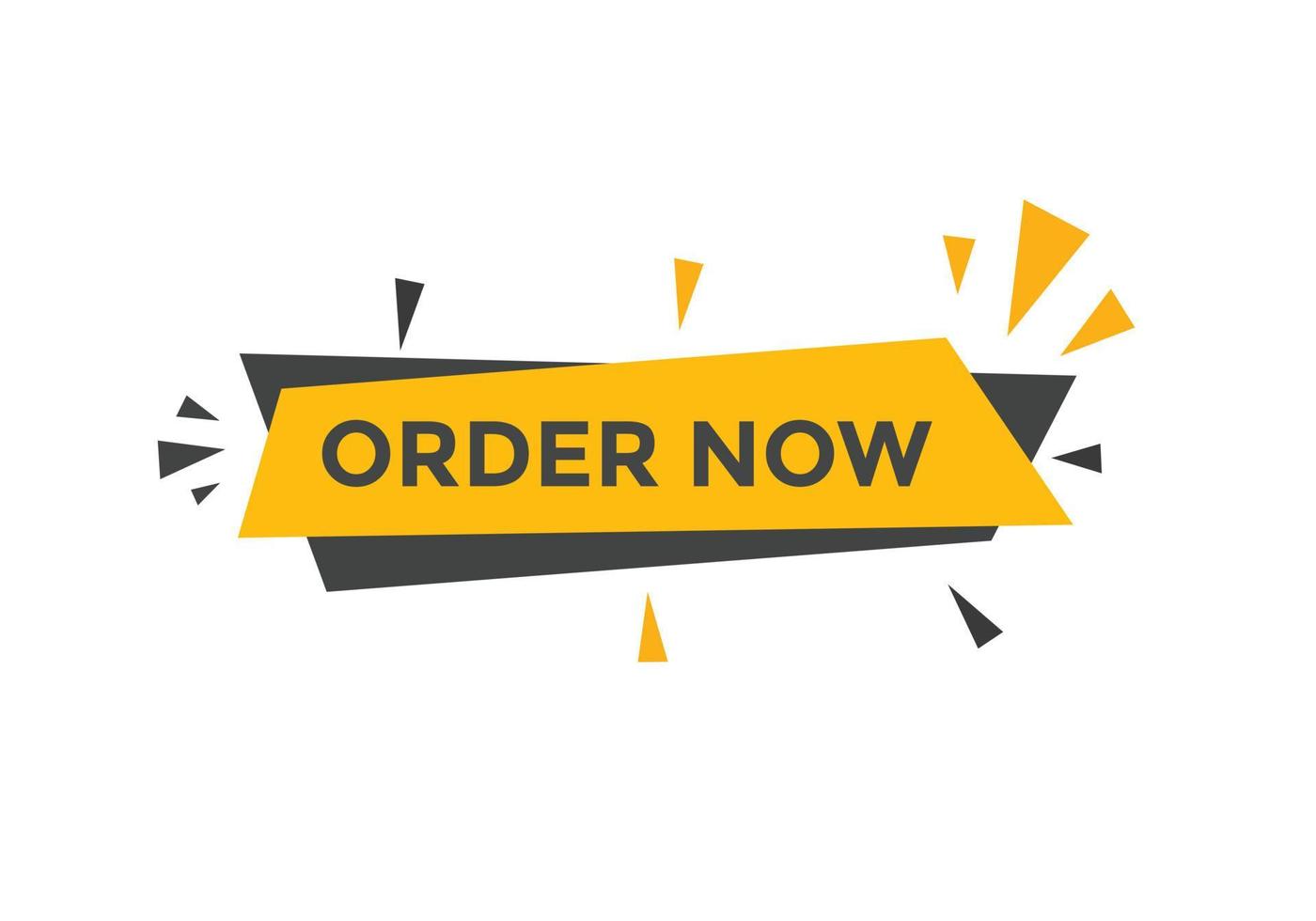IDS 105 Project Part Two Draft Guidelines and Rubric
Overview
Successful intercultural communication requires an understanding of cultural fluency. In this assignment, you will reflect on your current cultural fluency by describing what cultural fluency is. You will also discuss ways you can elevate your cultural fluency using one of the scenarios outlined in the project. This assignment will allow you to further explore the importance of cultural fluency and self-awareness and consider how you can use these concepts to communicate and collaborate more effectively with others.
Directions
First, consult the Project Guidelines and Rubric to review the scope of the project.
Next, review the scenario you chose from the Project Part One Draft assignment. With your chosen scenario in mind, address the assignment prompts below by completing the specified criteria of Part Two in the Project Template.
Note: You can find the Project Template linked in the What to Submit section. You can find the Project Guidelines and Rubric and the Project Scenarios document linked in the Supporting Materials section.
Specifically, you must address the following:
Project Part Two: Elevating Your Cultural Fluency
Describe how cultural fluency benefits your self-awareness.
Describe how to demonstrate cultural fluency in the chosen scenario.
What to Submit
Submit your Project Template for grading. You will use the same Project Template for all the project drafts and for the project. No revisions to the work done previously in the template are expected at this time. Additionally, no sources are required.
IDS 105 Project Template
[Note: To complete this template, replace the bracketed text with your own content. Remove this note before you submit your paper.]
Identify your chosen scenario.
[Insert response here.]
Part One: Social Justice
(Complete this section in Module Two.)
- Explain the difference between justice, fairness, and equality as they apply in your chosen scenario.
[Insert response here.]
- Describe how bias could impact social justice in your chosen scenario.
[Insert response here.]
- Explain how different narratives circulating in society could impact how social justice is perceived in your chosen scenario. These narratives may be on social media, in the news, or among community members.
[Insert response here.]
- Explain the core principles of social justice in your chosen scenario.
[Insert response here.]
Part Two: Elevating Your Cultural Fluency
(Complete this section in Module Three.)
- Describe how cultural fluency benefits your self-awareness.
[Insert response here.]
- Describe how to demonstrate cultural fluency in your chosen scenario.
[Insert response here.]
Part Three: Intercultural Communication and Collaboration
(Complete this section in Module Four.)
- Explain how mindfulness of different cultures could improve communication with individuals in your chosen scenario.
[Insert response here.]
- Describe how familiarity with diverse backgrounds can positively influence communication in your chosen scenario.
[Insert response here.]
- Explain why an awareness of diversity is beneficial to collaboration in your chosen
[Insert response here.]
Part Four: Communication Strategies to Navigate Conflict
(Complete this section in Module Five. Refer to the conflict in your chosen scenario to respond to the questions below.)
- Describe the components of the conflict represented in your chosen
[Insert response here.]
- Describe different interpersonal communication strategies that could help resolve the conflict.
[Insert response here.]
- Choose a communication strategy to resolve the conflict. Include an explanation of why you chose that communication strategy.
[Insert response here.] - Describe the potential communication challenges that may arise in your chosen scenario.
[Insert response here.]
- Describe both the benefits and challenges of using restorative practices to address the conflict in your chosen
[Insert response here.]
Sources
[This section is optional. If you use sources, cite them here.]





Reviews
There are no reviews yet.